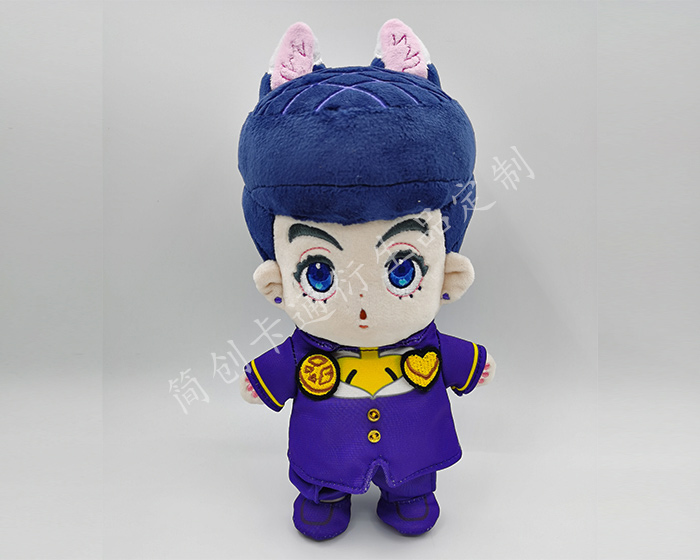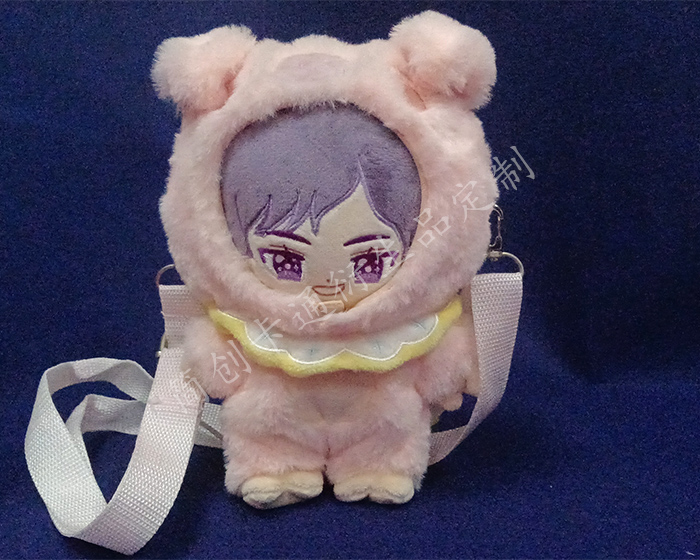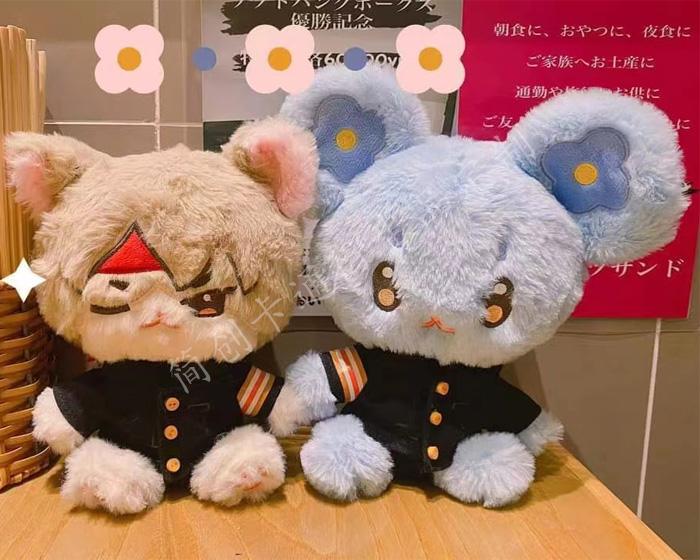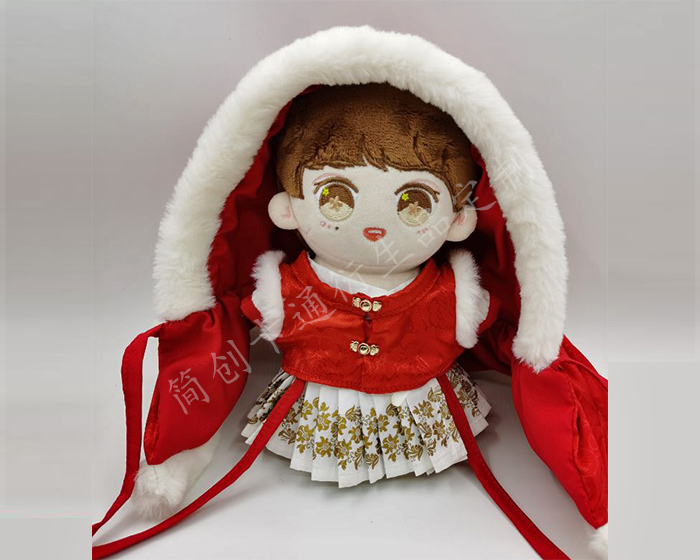The history and evolution of cotton dolls is a fascinating topic that showcases the development of these beloved toys over time. Here is an overview of their historical journey:
Early Origins: cotton dolls have a long history, dating back centuries. In ancient times, dolls made from cloth or fabric scraps were created by hand and stuffed with natural materials like cotton, straw, or rags.
Rag Dolls: In the 18th and 19th centuries, Rag Dolls became popular among children. These dolls were typically handmade from scraps of fabric, often utilizing cotton material. They were simple in design, featuring stitched faces and basic clothing.
Industrial Revolution: The industrial revolution in the 19th century brought significant advancements in doll production. Mass production techniques, including the use of cotton fabric and sewing machines, made cotton dolls more accessible and affordable to a wider audience.
Mechanical and Talking Dolls: In the late 19th and early 20th centuries, cotton dolls began to incorporate mechanical features and voice boxes. These innovations allowed dolls to move, cry, or speak, enhancing their play value.
Artistic Expression: During the 20th century, Cotton Dolls evolved as a form of artistic expression. Skilled doll makers and designers started creating intricately crafted cotton dolls with detailed features, clothing, and accessories, often reflecting different cultural or historical themes.
Character Dolls: Cotton dolls began to depict popular characters from literature, cartoons, and movies. These licensed character dolls gained immense popularity among children, as they could have dolls representing their favorite fictional personalities.
Modern Innovations: With advancements in materials, technology, and design, cotton dolls continue to evolve in the modern era. Contemporary cotton dolls feature a wide range of styles, sizes, and details, with improved craftsmanship and realistic features.
Collectible Cotton Dolls: Cotton dolls have gained recognition as collectible items. Limited edition and artist-designed cotton dolls, crafted with high-quality materials and exquisite attention to detail, have become sought-after by collectors worldwide.
Cultural Diversity: Cotton dolls have become a canvas for cultural expression, representing various ethnicities and traditions. Doll makers strive to create diverse and inclusive cotton dolls that reflect the multicultural world we live in.
Sustainability and Eco-Friendly Focus: In recent years, there has been a growing emphasis on eco-friendly practices in doll production. Organic cotton and recycled materials are being used to create sustainable cotton dolls that prioritize environmental consciousness.
The history and evolution of cotton dolls demonstrate their enduring appeal and adaptability as toys. From simple handmade rag dolls to intricate collector's items, cotton dolls have left an indelible mark on the toy industry and continue to bring joy to children and collectors alike.













